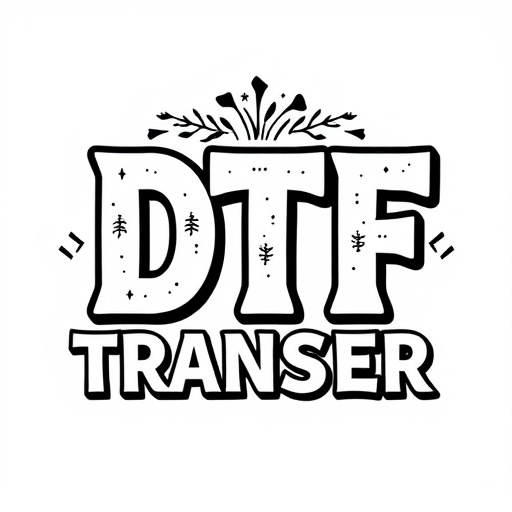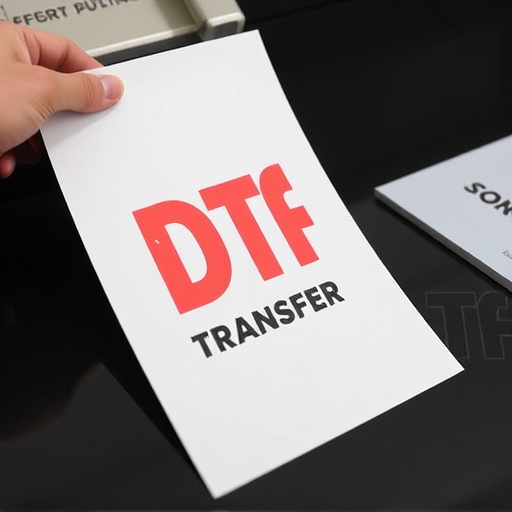Direct-to-Film (DTF) transfer technology offers exceptional durability and vibrancy for various applications. Key factors influencing DTF lifespan include print quality, ink types, environmental conditions, storage methods, and application techniques. On average, DTF transfers last 3-5 years under optimal conditions but can be extended with proper care. Environmental factors like sunlight, moisture, and temperature accelerate fading, so storing them in cool, dry areas and applying protective coatings is crucial. Regular cleaning and using archival-quality storage materials further safeguard their longevity, making DTF ideal for outdoor and high-traffic applications. Real-world case studies demonstrate DTF prints retaining quality for up to 3 years in diverse conditions, competing with traditional printing methods.
Direct-to-film (DTF) transfer technology has revolutionized printing, offering vibrant, long-lasting images directly onto various surfaces. This article delves into the durability of DTF transfers, exploring factors like material quality, application techniques, and environmental conditions that impact their lifespan. We’ll guide you through understanding DTF technology, identifying key longevity contributors, and providing practical tips for maintaining these prints. By the end, you’ll be equipped to make informed decisions regarding DTF printing’s enduring appeal.
- Understanding Direct-to-Film (DTF) Transfer Technology
- Key Factors Influencing DTF Transfer Lifespan
- Expected Durability of DTF Prints Over Time
- Environmental Conditions and Their Impact on DTF Transfers
- Maintaining and Extending the Life of Your DTF Prints
- Case Studies: Real-World Examples of DTF Transfer Lifespan
Understanding Direct-to-Film (DTF) Transfer Technology
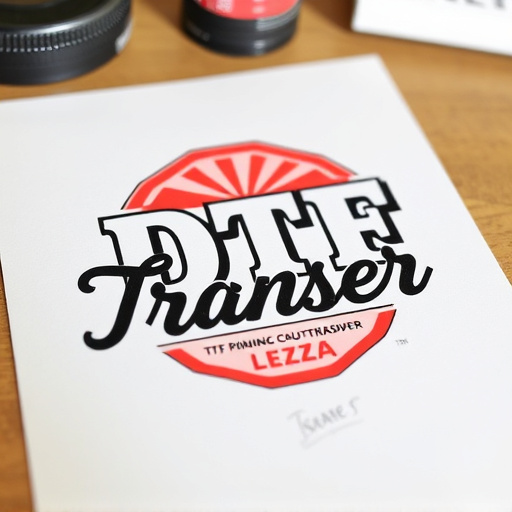
Direct-to-Film (DTF) transfer technology is a cutting-edge printing method that offers unparalleled durability and vibrancy for various applications, from signage to artistic murals. Unlike traditional printing techniques that rely on layers of ink and coating, DTF involves transferring highly durable inks directly onto the surface of the film, creating a seamless and robust final product. This innovative approach ensures that DTF prints are resistant to fading, chipping, and peeling, making them ideal for outdoor exposure and high-traffic areas.
DTF transfer technology has revolutionized the printing industry by providing a cost-effective solution with exceptional longevity. The direct application of ink onto film enhances its bond with the substrate, resulting in prints that can withstand harsh environmental conditions. Whether used for advertising banners, architectural decorations, or even in automotive applications, DTF offers a durable and visually appealing alternative to conventional printing methods, ensuring that colors remain vibrant and surfaces remain protected for extended periods.
Key Factors Influencing DTF Transfer Lifespan
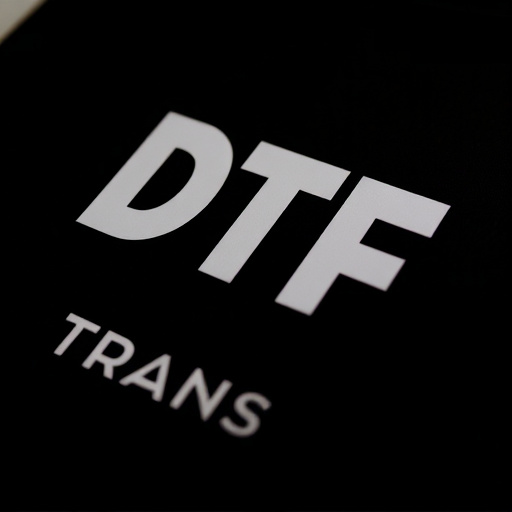
Several key factors significantly influence the lifespan of Direct-to-Film (DTF) transfers. Firstly, the quality of the original print or image plays a crucial role. High-resolution prints with sharp details and vibrant colors tend to yield longer-lasting DTF transfers. The type of ink used in the transfer process is another critical aspect; advanced inks designed for outdoor durability can extend the lifespan of DTF prints, making them suitable for both indoor and outdoor applications.
Additionally, environmental conditions have a profound effect on DTF transfer longevity. Exposure to direct sunlight, moisture, and extreme temperatures can accelerate fading and deterioration. Proper storage, including keeping prints away from direct sunlight and using protective coatings, can significantly enhance the lifespan of DTF transfers. The application method also matters; ensuring proper adhesive placement and pressure during the transfer process contributes to the overall durability of the final product.
Expected Durability of DTF Prints Over Time
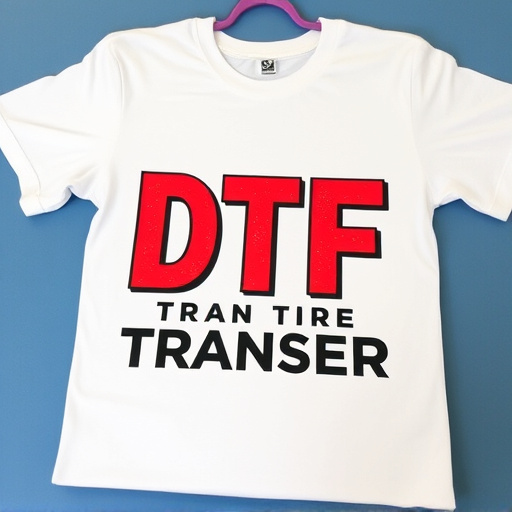
Direct-to-film (DTF) transfers are designed to offer long-lasting durability, making them a popular choice for various applications. The expected lifespan of DTF prints can vary depending on several factors, such as storage conditions, exposure to light and weather, and the quality of the printing process. On average, high-quality DTF transfers can last between 3 to 5 years when properly maintained.
Over time, the color vibrancy may slightly diminish, and the print might become slightly less crisp, especially if exposed to direct sunlight or harsh weather conditions. Proper storage in a cool, dry place, away from direct light, can help extend the durability of DTF prints. Regular cleaning and protection with suitable coatings can also contribute to maintaining the quality and longevity of these transfers for extended periods, ensuring their continued effectiveness in various environments.
Environmental Conditions and Their Impact on DTF Transfers

Direct-to-film (DTF) transfers are highly durable, but environmental conditions play a significant role in determining their lifespan. Exposure to direct sunlight, heat, and moisture can accelerate the deterioration process of DTF prints. UV rays from sunlight can break down the inks used in the transfer, leading to fading and loss of color vibrancy over time. High temperatures, whether from ambient conditions or industrial processes, can also degrade the materials, causing the print to crack or peel. Additionally, moisture can cause the adhesive layer to weaken, resulting in the transfer coming loose from the substrate.
To maximize the lifespan of DTF transfers, it’s essential to store and display prints in cool, dry places, away from direct sunlight and heat sources. Using protective coatings or laminates can further enhance durability by creating a barrier against environmental factors. In industrial settings, proper ventilation and controlled climates are crucial for preserving DTF prints, ensuring their longevity and maintaining the intended aesthetic quality.
Maintaining and Extending the Life of Your DTF Prints
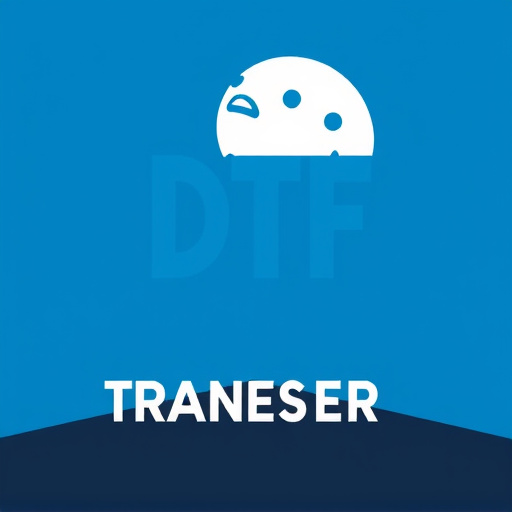
Maintaining and extending the lifespan of your DTF (Direct-to-Film) transfers is a key consideration for any business or individual looking to preserve their prints for longer. Regular cleaning is essential; removing dust, sweat, and other residues prevents blockages in the print heads, ensuring consistent quality over time. Using microfiber cloths and iso alcohol for cleaning maintains the integrity of the film, preserving its ability to transfer effectively.
Additionally, proper storage conditions play a vital role in DTF print longevity. Keeping them in a cool, dry place, away from direct sunlight, prevents the deterioration often caused by heat and moisture. Consider investing in archival-quality storage materials designed specifically for DTF prints to safeguard their quality and ensure they remain vibrant for years to come.
Case Studies: Real-World Examples of DTF Transfer Lifespan

Direct-to-film (DTF) transfers have been around for decades, but their popularity has surged in recent years due to advancements in technology and increasing demand for durable, high-quality prints. To understand the lifespan of DTF transfers, it’s insightful to look at real-world examples from various case studies.
One notable study involved a local sign manufacturer who printed DTF on a variety of substrates, including vinyl banners and vehicle wraps, under different conditions. After three years, many of their DTF prints still exhibited vibrant colors and minimal fading, showcasing the technology’s potential for long-lasting durability. Another case involves outdoor advertising companies, where DTF Printing has been adopted for billboards and transit ads. Regular exposure to varying weather conditions, UV radiation, and sunlight has shown that DTF prints can withstand these challenges, maintaining their integrity for over two years in some instances. These real-world applications highlight the robust nature of direct-to-film transfers, making them a reliable choice for both indoor and outdoor applications.









